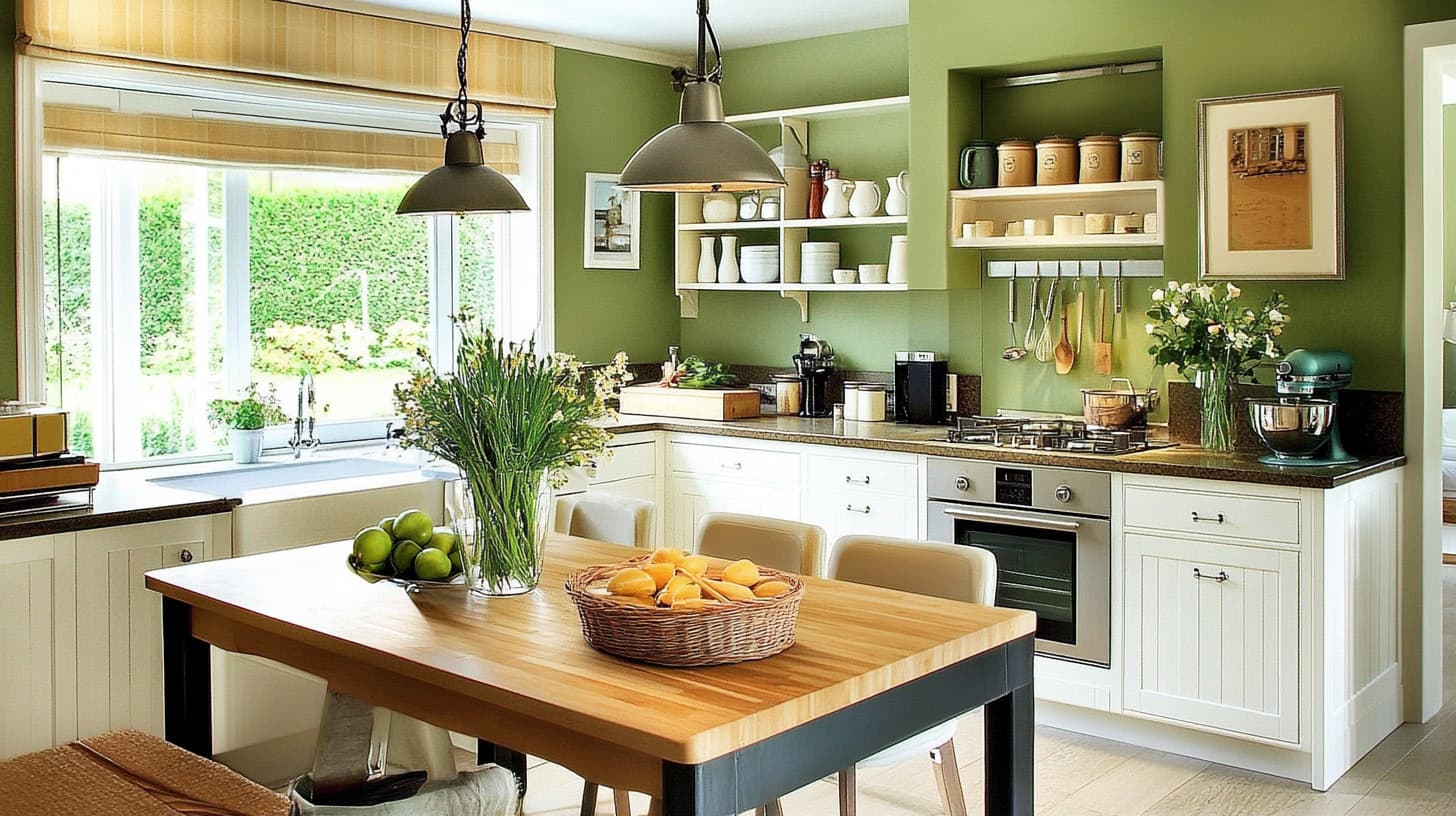Quick Kitchen Tips That Instantly Save Money

Many people believe that adopting a greener lifestyle is going to cost more money. While this may be true in some areas, such as buying organic foods, there are many green options available that will actually save money. Here are some simple ways to go green and save money in the kitchen.
The trick with changing some of your habits is to make several small changes rather than going overboard with something major. There is less ‘pain’ this way because small things are easier to do but you will still be lessening your impact on the planet.
Because you pay for what you use with power and water, these are obvious areas to make some changes and reduce your consumption. It’s simple arithmetic: use less and you will pay less. Water is a finite resource on our planet and conserving it is essential.
… most people run their refrigerators too cold …
The simplest strategies to reduce power and water usage have been talked about for a while now. These include turning off lights when you leave a room, switching appliances off at the wall to avoid stand-by power, not leaving taps running and limiting shower times.
Many people will by now have changed their light globes over to CFLs, saving up to 70% of lighting costs. In the kitchen, a CFL in the central light provides good general lighting but halogens installed directly over work surfaces give a more directed light where you really need it rather than illuminating the whole room. LEDs are now being used increasingly in the same locations as halogens and will also cut your electricity bills.
Kitchen appliances account for about 13% of energy usage, so it will pay you to consider how you use them. The refrigerator is the biggest culprit, using nearly 8% of the electricity in your home. In fact, fridges generally use more power than lights, so they represent the greatest area for savings. Research shows that most people run their refrigerators too cold most of the year and this is just a waste of money. The ideal temperature is between one and five degrees Celsius and it pays to experiment with the ideal temperature of your fridge at different times of the year.
… defrost food in the fridge to reduce power …
Avoid putting hot food into the refrigerator, defrost food in the fridge to reduce power use, make sure the appliance isn’t close to a heat source, limit how often the door is opened and check that the door seals are intact. Cleaning the condenser twice a year helps it work more efficiently. Refrigerators work most efficiently when they are not packed too full whereas freezers work more efficiently when they are packed tight. Having said that, it uses more electricity to run a near empty fridge than a full one so put in bottles of water and other beverages to fill the empty space.
The dishwasher is probably the next biggest power guzzler in the kitchen but don’t be afraid to use it; research has shown that running a full dishwasher is a greener option than washing dishes by hand. Just check the settings and use those that are the most energy efficient. Look up your manual and see if you can adjust the temperature the water is heated to. 45 -50 degrees Celsius is sufficient to clean dishes properly; any higher is just wasting electricity. Open the door to air dry rather than using power for the drying cycle.
You can also save on water costs in the kitchen and, at the same time, help to preserve this precious resource. Fix dripping taps; a surprising amount of water is lost this way. Slow the flow of water by installing low flow aerators to taps. These simple-to-install devices add air to the water, reducing water usage without affecting water pressure. Only use the hot tap when you need a large amount of hot water, as even if you only draw the cold water that is in the pipes of the hot water tap, that amount will be reheated, using extra power. The most energy-efficient water heaters are the instantaneous types that heat water on demand rather than heating a whole tank of stored water.
… only boil the amount of water you need …
Use an appliance to suit the amount of food you’re cooking, to reduce energy usage. It uses less power to run a small appliance or small saucepan on a small stove top burner. Only boil the amount of water you need rather than filling the kettle to the top. The oven is the least energy-efficient way to cook so get organized and cook several dishes at the same time when you need to use your oven. When cooking with an electric stove or oven, make use of the stored heat by turning off the burner before the food is ready.
While I’ve focused on power and water usage with these tips on how to go green in the kitchen and save money, there are many other ways to do so. I will cover some of these in a later article. Put some or all of these strategies in place in your home and watch your power and water bills drop. My bills feature a little graph that compares current usage with past billing periods. It’s also great to compare your usage with the average of similar households in your area; this is another feature on my bills.







